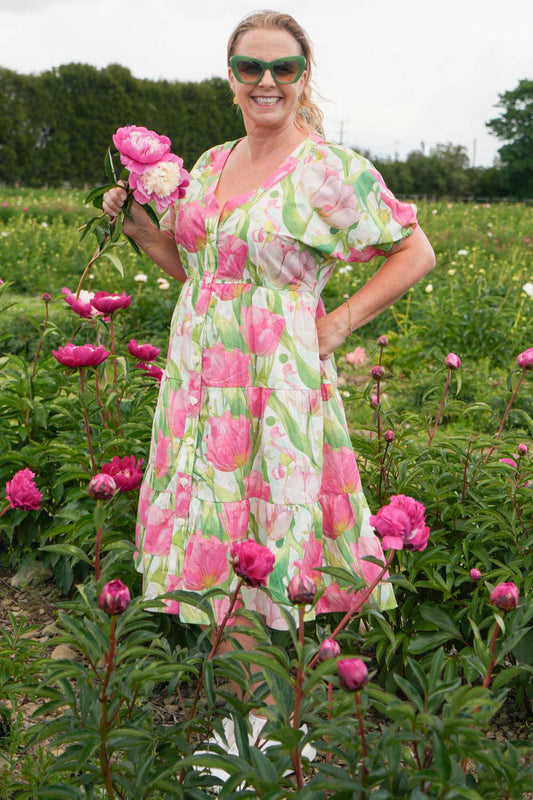
Some of New Zealand's biggest fashion designers manufacturing locally are using independent contractors who work out of their garages to create clothes.
Veteran Kiwi designer Annah Stretton, who is the founder of her namesake brand, said it was common practice for Kiwi designers to use migrant seamstresses working out of their own homes to create the bulk of New Zealand's upmarket fashion.
"A lot of what's left now in New Zealand now is essentially Chinese immigrants that are operating the factories out of their garages using extended family or occupying low rent areas with a large Chinese immigrant workforce that can't speak English very well," Stretton said.
"Sewing is a bit of a dying art, but certainly not within some of the immigrants and certainly the family dynamic is that they support each other and work together, to achieve an outcome, to drive the business and support themselves."
Stretton said these machinists were highly in demand and commonly negotiated their pay. They can get paid anywhere between $20 to $75 per garment, and get orders for about 200 pieces by designers.
"They absolutely work legally. But the way they work is by keeping their overheads low. They do that by employing extended family and also setting themselves up in places that are more cost effective for them."
"They're absolutely legal. They're producing GST, paid minimum wage."
One of New Zealand's biggest fashion labels Zambesi also contracts these seamstresses.
Founder Liz Findlay said she worked with highly skilled machinists who had migrated from Cambodia and Korea for over 20 years.
"We're providing work to New Zealanders and immigrants, and people who come here to be involved in the industry," Findlay said.
"I don't know who's going to take their place to be honest because the young people coming into the industry don't want to learn how to make the actual craft of making whole garments.
"The thing is, it's never been given the status that it deserves. It takes real skill to make a beautiful garment; not everyone can make a beautiful garment."
Former fashion trade advocate and now public relations consultant Paul Blomfield said contractors working from homes were not new, but the practice was becoming rare.
Blomfield said his aunt was a designer and then went on to working from home to sew clothes as a contractor.
"The people doing it today are the older people, because who's training people to sew anymore?" he said.
Founder of Taylor Boutique Vicki Taylor has been in the fashion industry for nearly 20 years and said her contracted machinists were crucial to the industry.
"They generally approach you if they want to work for you," Taylor said.
"It's highly confidential because there's quite a few of them left. When you find a good one, we try to keep them busy all year round so that she doesn't go elsewhere looking for work from other people."
Fashion industry veteran and former Pumpkin Patch designer Carly Tolley said New Zealand's fabric making industry was slowly dying out, pushing most designers to source materials overseas.
Tolley said the fashion industry in New Zealand had increasingly moved toward outsourcing production.
"Once patterns, cutting, sewing, were all an inhouse operation. Now we're seeing, like with most industries, the fashion industry outsources different people for each of those steps."
Stretton, who manufactures most of her clothes in China, said that ironically the factories there were in better condition than those working from their garage here.
"The factories in China are way better condition than they are here. The companies that are doing the work are scaled, they're capable businesses and they provide awesome conditions but a lot of the workers also live on site."
"When people are working out of their garage in cottage industries, they're very different [conditions] to something that's a large operation in China," she said.
Findlay said it was a shame the industry hadn't invested in encouraging younger designers to learn craftsmanship.
"It's all very well being a designer but if you don't have people around you with the technical skills, you're going to have to make everything yourself, which is not going to happen."
Stretton agreed.
"The fashion industry eats its young."
"We are a small industry that is hugely facing disruption and it's very difficult to make money."













